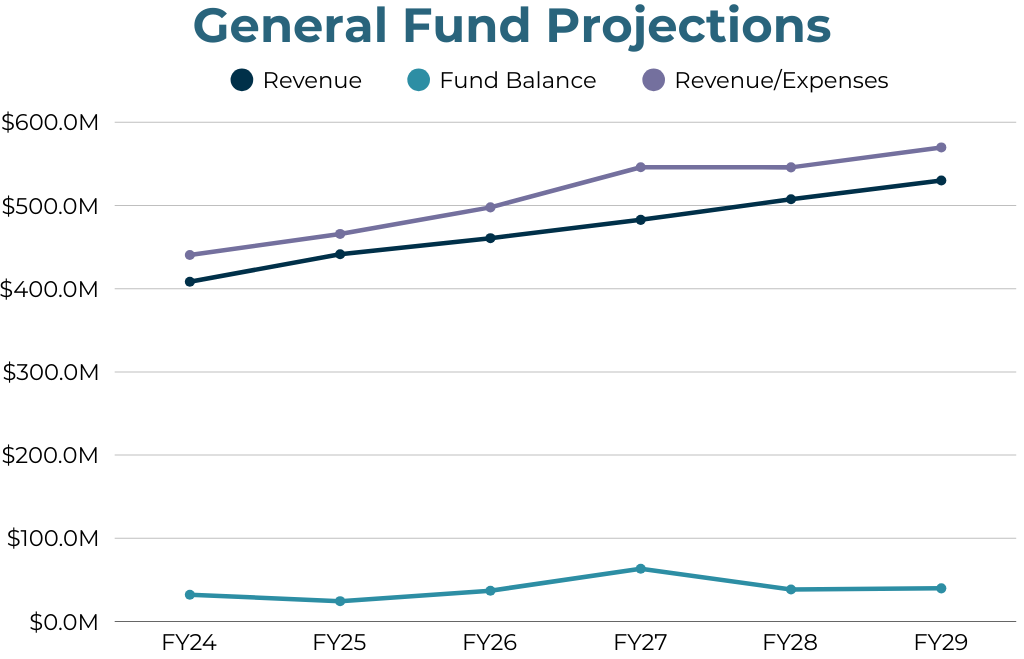- May 20, 2025
-
-
Loading

Loading

At the onset of last week’s initial County Commission budget workshop for fiscal year 2026, Sarasota County Administrator Jonathan Lewis said the staff’s assumption is to maintain the current property tax millage rate of 3.30 mils.
That’s the rate set by commissioners in 2024 for the current fiscal year, the lowest in 37 years. Another expectation is the assessed tax value across all property types throughout the county will not increase as much as it had for the current fiscal year.
Such will provide the basis of the calculations for the spending plan as the March 27 opening session of budget season was a part of the overview of the current fiscal year, update of the state legislative agenda and review of county’s capital improvement projects.
Ad valorem taxes by property type | |||
| Property Type | FY2021 | FY2025 | Change |
| Residential | $172,316,764 | $281,219,081 | 63% |
| Commercial (improved) | $52,738,631 | $32,715,892 | 27% |
| Industrial (improved) | $4,557,923 | $7,331,319 | 61% |
| Vacant | $1,298,011 | $2,725,948 | 110% |
| Agricultural | $360,031 | $511,918 | 42% |
| Institutional | $2,853,881 | $2,836,239 | -1% |
| Other | $908,740 | $1,959,283 | 116% |
| Total | $208,033,982 | $329,299,680 | 58% |
For the current fiscal year, the county forecasts collecting nearly $330 million in ad valorem taxes from across the spectrum of property types, a growth of 58% over fiscal year 2021. Lewis cautioned the slowdown of tax value increases doesn’t mean less collected revenue in fiscal year 2026.
“Don't misunderstand, it's not a decrease from the assumption, not a decrease in property values,” Lewis said. “I can just see somebody hearing this and saying, ‘oh my gosh, they're saying property values are in a decrease.’ We're saying that it's not going to be as much of an increase as we projected last year.”
What it does mean is the commission and staff will have to factor less revenue than projected with future spending plans. Last budget season’s reduction in the countywide millage rate from 3.35 mils — which was Lewis’ recommendation at the outset — to 3.30 resulted in a $4 million impact on the budget, which if held steady imposes a compounding effect going forward.
According to the Sarasota Tax Collector's office, a millage rate is the rate of tax per thousand dollars of taxable value. To determine the ad valorem tax, divide the taxable value by 1,000 and multiply by the millage rate. For example, $100,000 in taxable value with a millage rate of 5 would generate $500 in taxes.

Director of Intergovernmental Affairs Rob Lewis reported state legislative possibilities commissioners may face in the current and future budget cycles. Among them are proposing increases in the state’s Homestead Exemption tax benefit to homeowners.
“At last count, I had probably a little north of 25 separate pieces of legislation that would impact Homestead Exemption,” Rob Lewis said. “One of them would put it at about a $75,000 rate. I expect the Homestead Exemption discussion to continue through this session. I can't predict whether there will be action or not, but there's probably a likelihood that you'll see something done.”
Not imminent but a prospect that could significantly impact future county and municipal budgeting is the potential elimination of property taxes, an initiative being pushed by Gov. Ron DeSantis that Rob Lewis said is gaining traction in the halls of Tallahassee.
“There is legislation introduced in the Senate that would ask for a study that would be reported back to the Legislature by Oct. 1 of 2025 that would study the impacts of the complete elimination of the property taxes and would place it on the 2026 general election ballot,” Rob Lewis said.
That prompted Commissioner Ron Cutsinger to ask if there is a plan to offset the lost revenue in the event of eliminated property taxes via statewide referendum.
“There’s been a lot of discussion. There’s not been a lot of proposals,” Rob Lewis said. “The difficult part for local governing bodies such as yourself is you're hearing about proposals to reduce one revenue source and hearing about proposals to reduce an alternative revenue source (in Homestead Exemption). There will be a lot of attention on this, but I think it's probably more serious than we've heard in the past. We are paying very close attention.”
Budget and expense increase | ||||
| Department | FY2021 | FY2025 | 5-Year Avg. | 5-Year Total |
| Sheriff | $123,445,882 | $198,518,152 | 10.7% | $75,072,270 |
| BCC Controlled | $126,836,311 | $170,589,103 | 6.3% | $43,752,792 |
| Supervisor of Elections | $6,435,331 | $9,486,610 | 9.0% | $3,051,279 |
| Clerk | $10,736,102 | $13,166,091 | 5.2% | $2,429,989 |
| Medical Examiner | $3,480,863 | $6,234,7656 | 13.6% | $2,753,893 |
| Property Appraiser | $7,972,423 | $10,337,335 | 6.3% | $2,404,912 |
| Tax Collector | $9,341,605 | $11,734,439 | 5.3% | $2,392,834 |
| Other | $3,390,460 | $4,571,995 | 10.9% | $1,181,535 |
| Court Administration | $5,886,964 | $7,720,374 | 5.5% | $1,383,410 |
| County Commission | $856,945 | $1,027,867 | 3.9% | $170,922 |
For now, though, it’s business as usual for the budgeting process, which besides planning for the next fiscal year also projects several years into the future. Assuming the current millage rate remains flat, revenues project at $544.8 million in fiscal year 2030, nearly $100 million more than the current fiscal year. General fund expenditures, though, forecast at $587.9 million, resulting in deficit spending of $43.1 million.